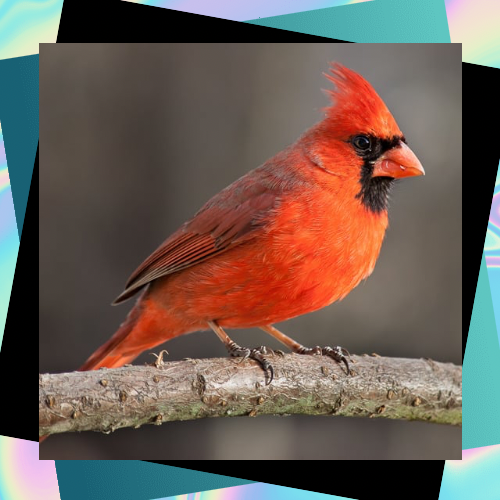Few birds capture the imagination quite like the Northern Cardinal (Cardinalis cardinalis). With their brilliant red plumage, melodic songs, and fascinating behaviors, these birds are a favorite among birdwatchers and nature enthusiasts alike. We are excited to share some of the most intriguing aspects of these iconic birds—from their unique adaptations to their surprising quirks.
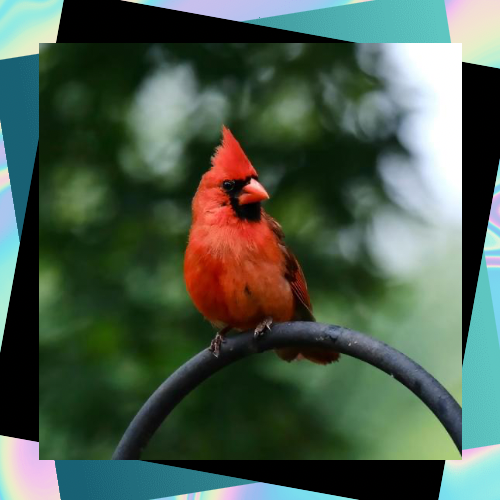
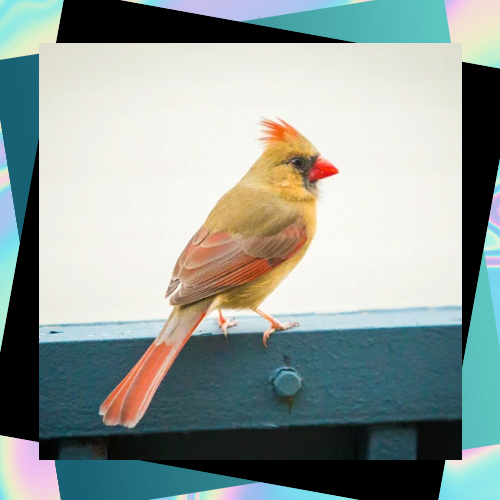
Meet the Cardinal: A Splash of Red in Nature’s Palette
Appearance & Sexual Dimorphism
The male Northern Cardinal is unmistakable—a fiery red bird with a black “mask,” a pointed crest, and a coral-red beak. Females, while less flashy, are equally striking with their warm brown feathers tinged with red on the wings, crest, and tail.
Interestingly, not all cardinals are red. A rare genetic mutation causes some to appear yellow instead, a phenomenon seen in roughly one in a million individuals . These yellow cardinals lack the enzyme needed to convert yellow pigments from their diet into red, resulting in their unusual hue.
Why Are They Called “Cardinals”?
Their name comes from the red robes worn by Catholic cardinals, a resemblance noted by early European settlers in North America . A group of cardinals is even whimsically called a “college,” “conclave,” or “Vatican”—fitting for a bird with such a regal appearance.
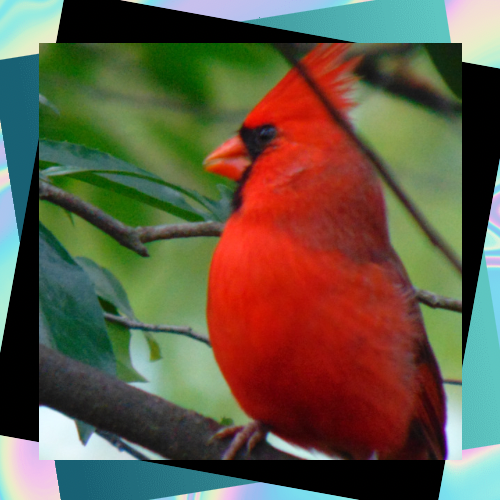
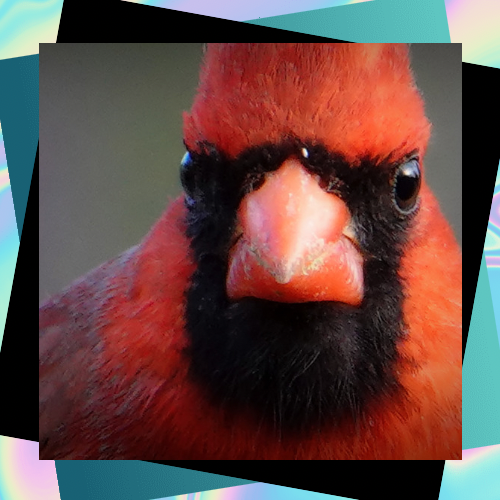
Behavior & Unique Traits
- Singing Duets & Territorial Antics. Unlike many songbirds, both male and female cardinals sing, often harmonizing in duets. Females sing from the nest to communicate with their mates, signaling when to bring food or stay away to avoid attracting predators. Male cardinals are fiercely territorial, especially during breeding season. They’ve been known to **attack their own reflections in windows and car mirrors, mistaking them for rival males . This behavior can last for weeks, much to the amusement (or frustration) of homeowners!
- Love & Family Life. Cardinals are monogamous and often mate for life, though some “divorce” or find new partners if one dies . During courtship, males perform a sweet ritual—feeding seeds to the female beak-to-beak, a gesture that strengthens their bond. Nests are built by the female using twigs, grass, and bark, often hidden in dense shrubs. A pair may raise 2-4 broods per year, with both parents feeding the chicks .
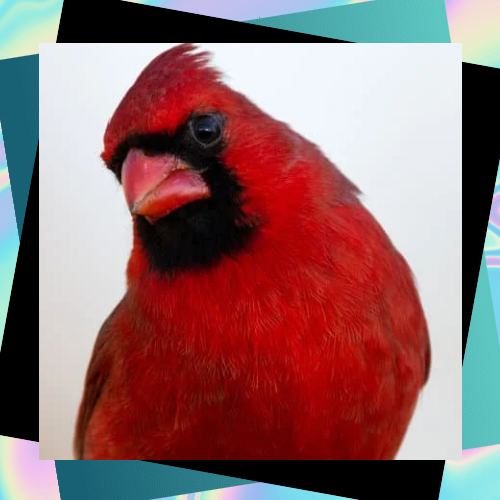
Fun & Surprising Facts
- They Don’t Migrate – Unlike many birds, cardinals stay put year-round, brightening winter landscapes with their vivid colors.
- They Get “Bald” in Summer – During molting season, cardinals sometimes lose all their head feathers at once, giving them a punk-rock look.
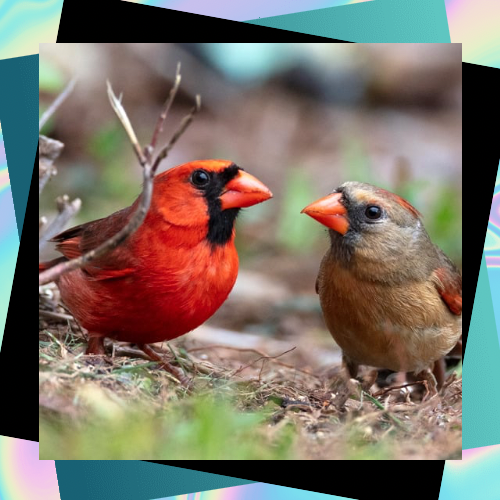
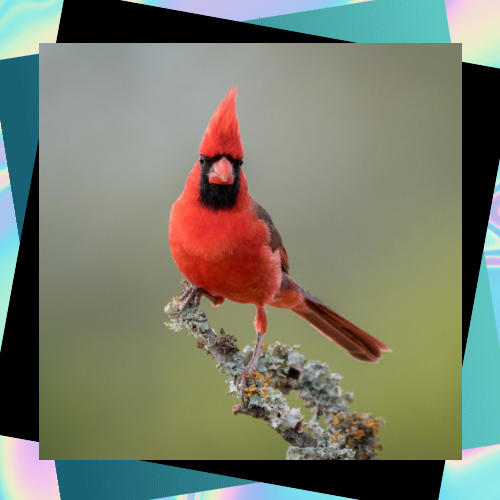
- Their Red Color Comes From Food – The vibrant red of male cardinals is due to carotenoids in their diet, like berries and seeds.
- They’re State Bird Royalty – The Northern Cardinal holds the title of state bird in seven U.S. states, more than any other species.
- They Were Once Kept as Pets – Before the Migratory Bird Treaty (MBTA) Act of 1918, cardinals were popular cage birds due to their beauty and song.
- Cardinals are so territorial that males often attack their own reflections, mistaking them for rivals—a behavior the MBTA indirectly protects by safeguarding their habitats from disturbances.
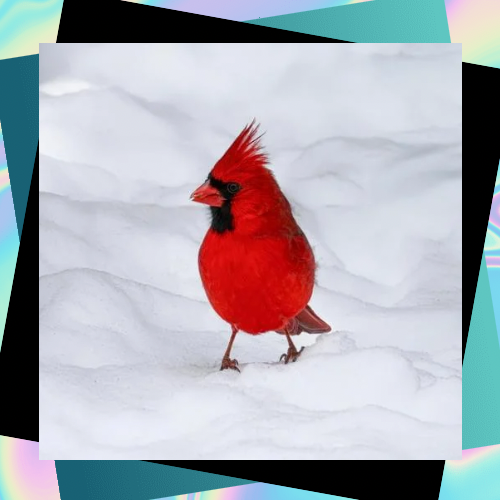
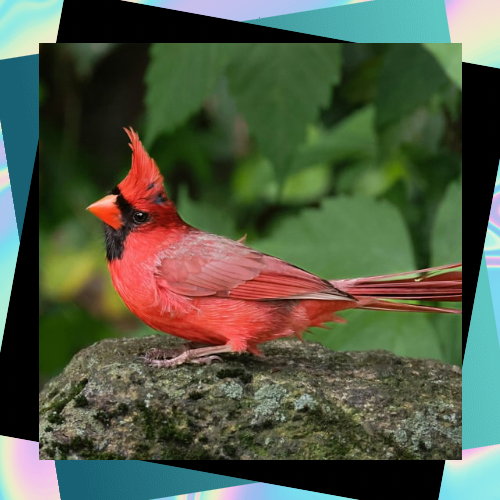
Broad Legal Definition of “Migratory”
The MBTA was designed to protect birds that cross international or state boundaries, but its legal framework includes all native bird species in the U.S., regardless of whether they migrate. The law’s primary goal is conservation, and its scope extends to resident birds like cardinals to prevent overexploitation (e.g., hunting, pet trade) and habitat destruction .
Historical Context
When the MBTA was enacted, cardinals were heavily trapped for the pet trade due to their vibrant plumage and songs. Their inclusion helped curb this practice, even though they don’t migrate. The treaty also aimed to standardize protections across North America, covering species that might expand their ranges over time (as cardinals have done northward).
Ecological and Economic Value
Cardinals play key roles in ecosystems (seed dispersal, insect control) and are ecologically intertwined with migratory species. Protecting them ensures balanced habitats. Additionally, their popularity in birdwatching and state symbolism (they’re the state bird of seven U.S. states) made their conservation a public priority.
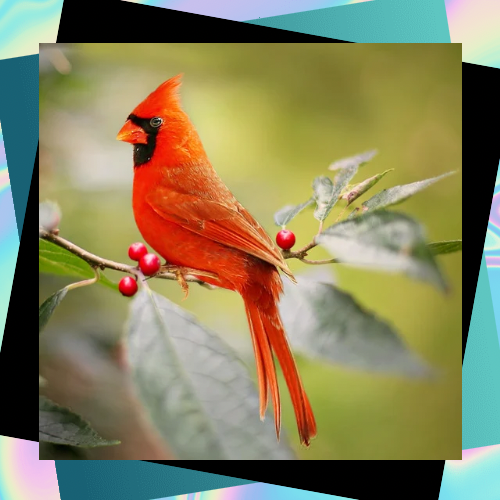
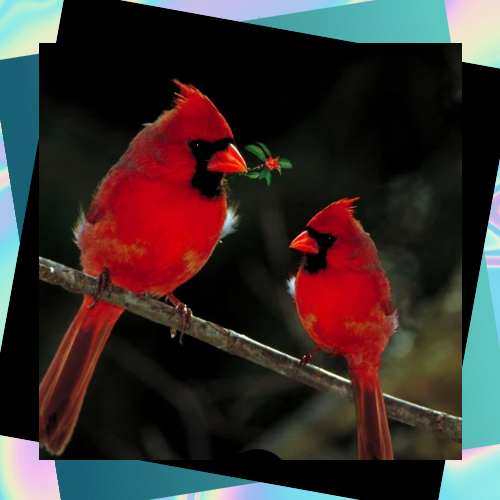
Adaptability and Range Expansion
While cardinals don’t migrate seasonally, their range has expanded northward due to climate change and suburbanization (e.g., bird feeders). The MBTA’s protections accommodate such dynamic shifts in distribution.
Precedent for Comprehensive Protection
The MBTA avoids loopholes by covering all native species, simplifying enforcement. Excluding non-migratory birds would create gaps, risking species like cardinals from future threats (e.g., habitat loss, window collisions).
In short, the MBTA’s “migratory” label is a legal umbrella, not a literal requirement. Cardinals benefit because the law prioritizes holistic bird conservation over strict migration patterns.
Conservation & Where to Spot Them
Cardinals thrive in woodlands, gardens, and suburban areas, adapting well to human presence. Thanks to bird feeders (they love sunflower seeds!), their range has expanded northward over the past century.
While they’re currently classified as Least Concern, habitat loss and window collisions (from those territorial battles!) remain threats. Providing native shrubs and bird-friendly windows can help these stunning birds flourish.
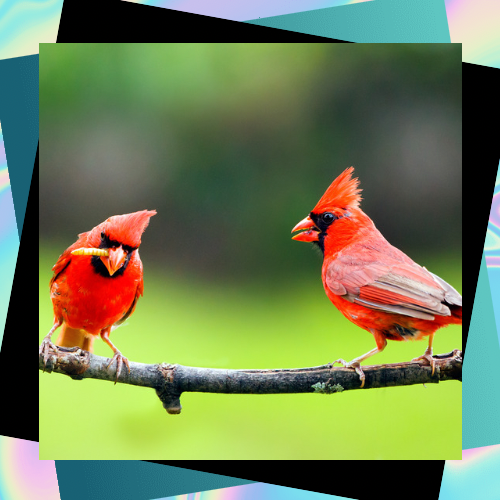
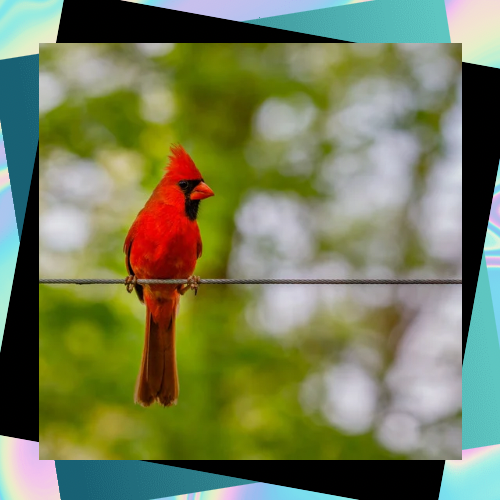
Final Thoughts
From their dazzling plumage to their spirited personalities, cardinals are a true gem of the avian world. Whether you’re watching a male sing from a treetop or spotting a rare yellow cardinal, these birds never fail to delight. So next time you hear their cheerful “cheer, cheer, cheer!”, take a moment to appreciate one of nature’s most charismatic songbirds.
References
- 10 Fun Facts About the Northern Cardinal. https://www.audubon.org/magazine/10-fun-facts-about-northern-cardinal
- Northern Cardinal Overview. https://www.allaboutbirds.org/guide/Northern_Cardinal/overview
- Northern Cardinal. https://www.audubon.org/field-guide/bird/northern-cardinal
- Cardinal Bird. https://www.britannica.com/animal/cardinal-bird
- 13 Facts About Cardinals. https://www.birdfy.com/blogs/blogs/13-facts-about-cardinals-you-didn-t-know-before
